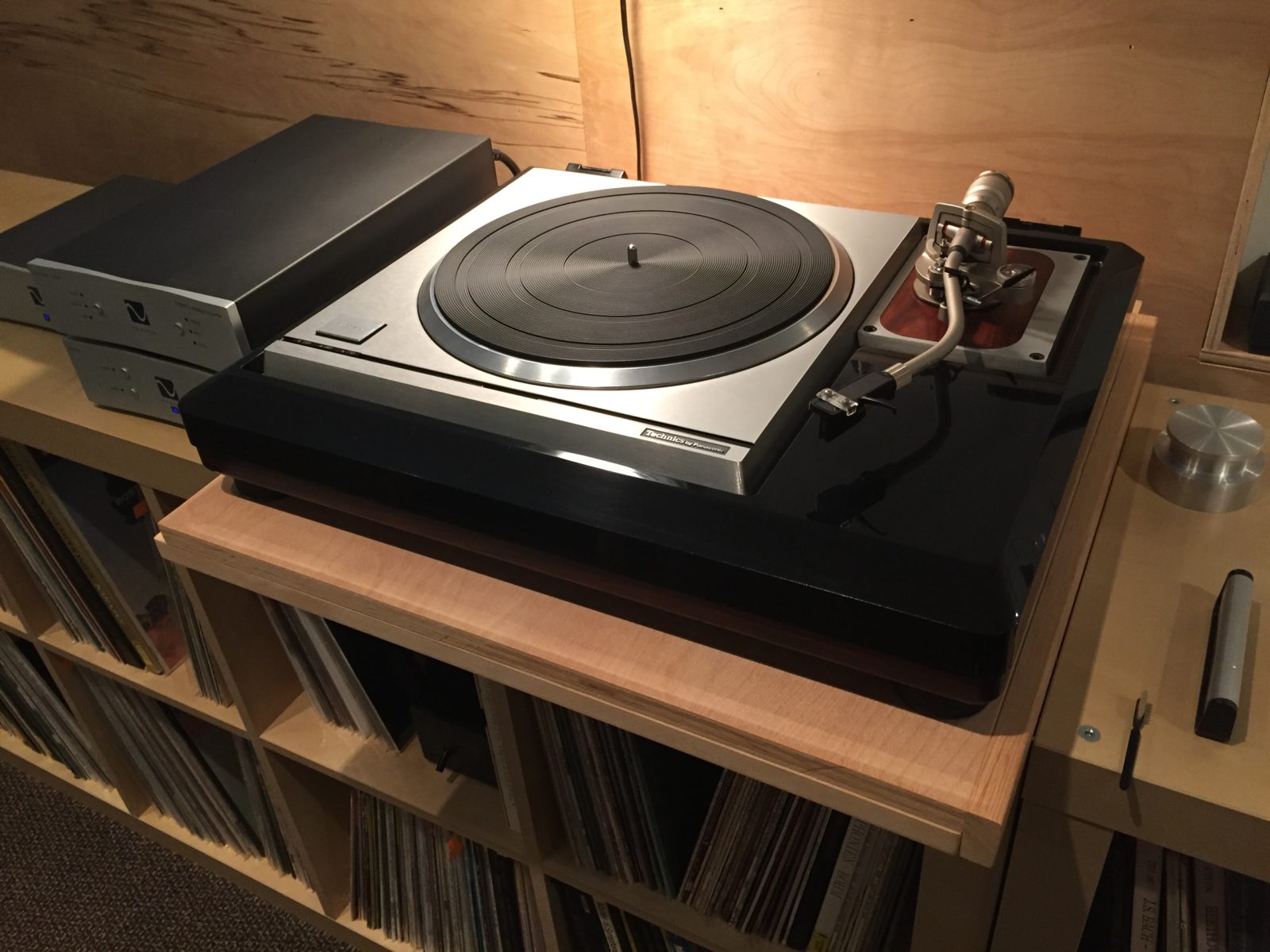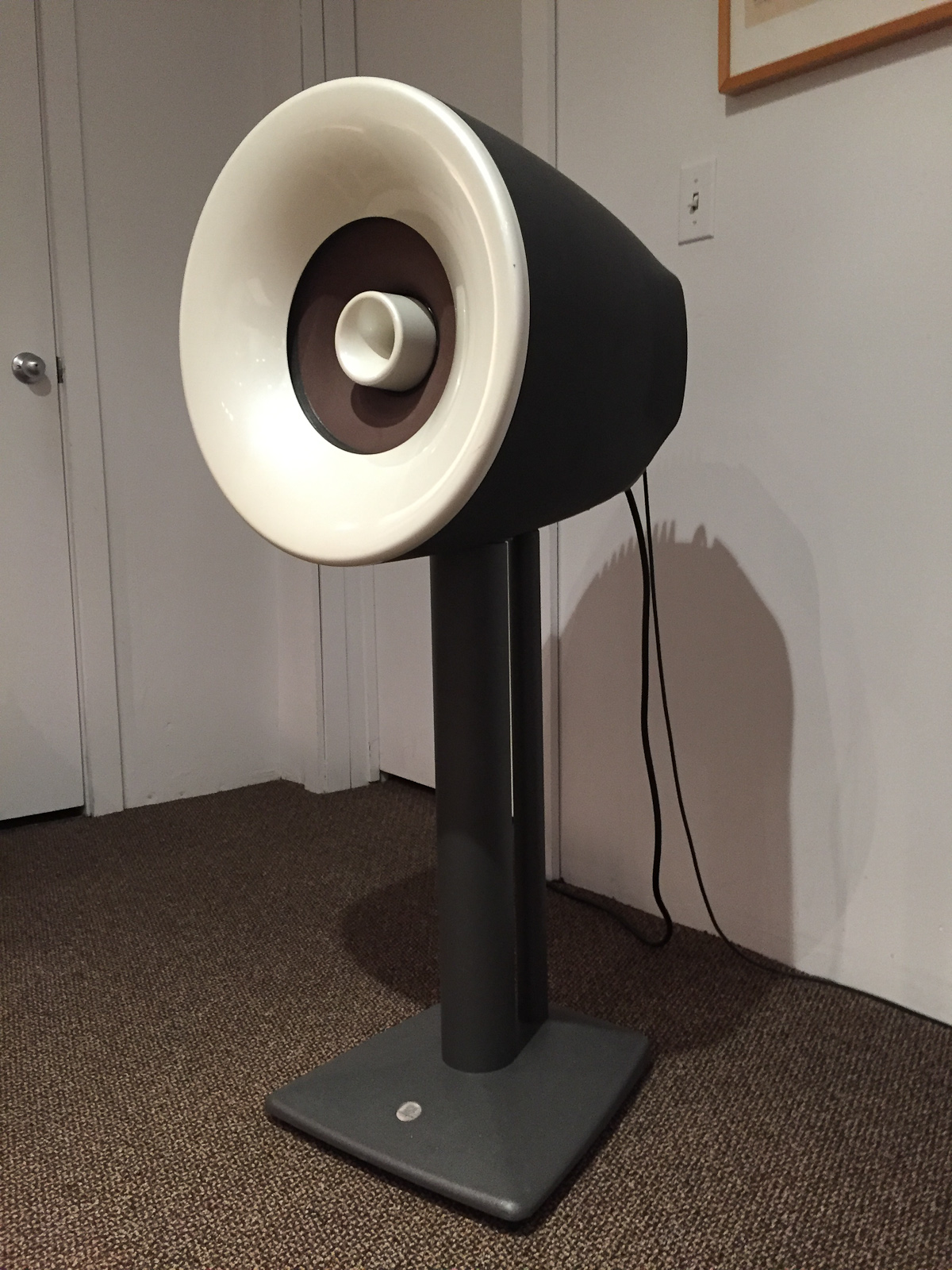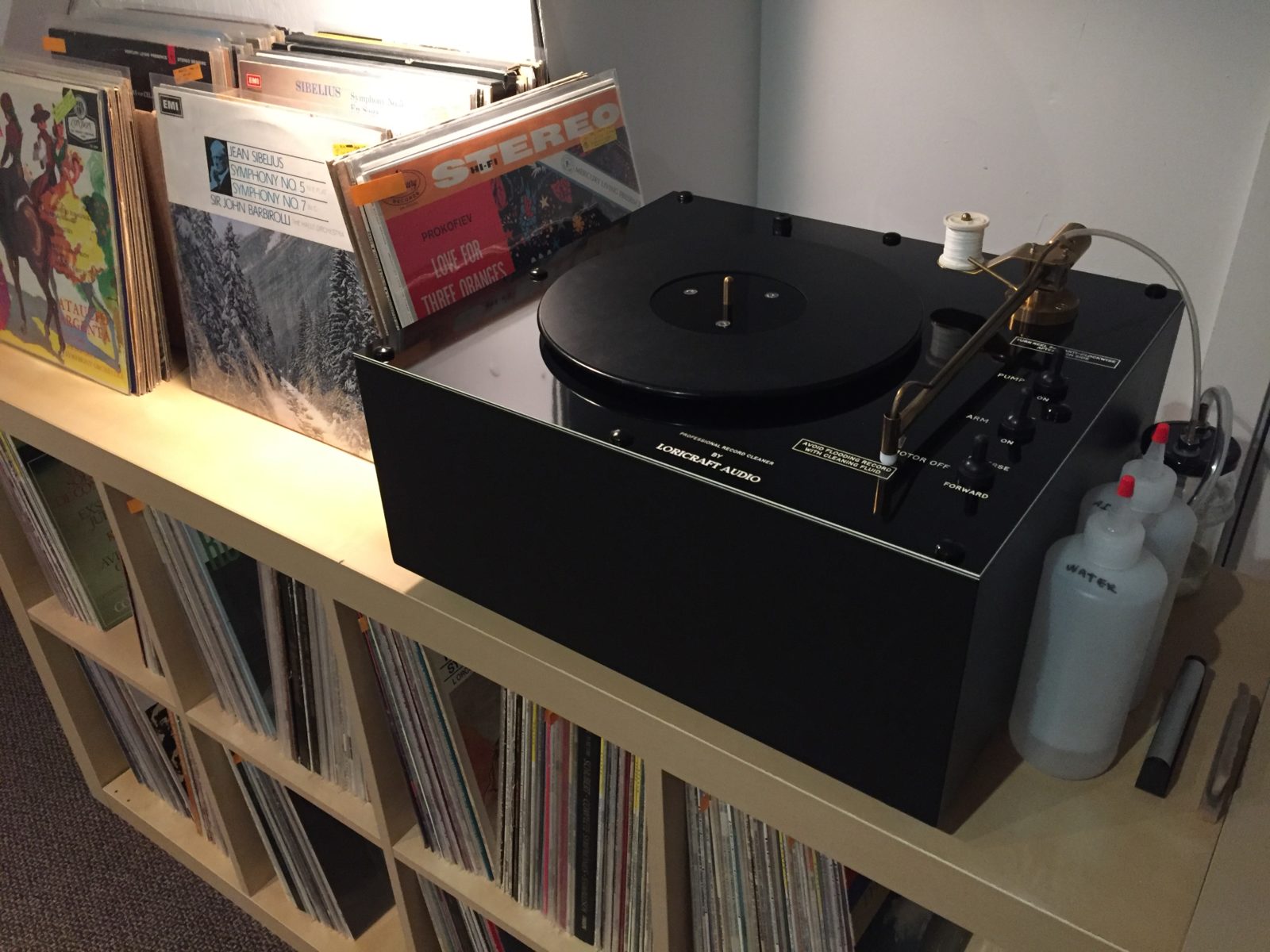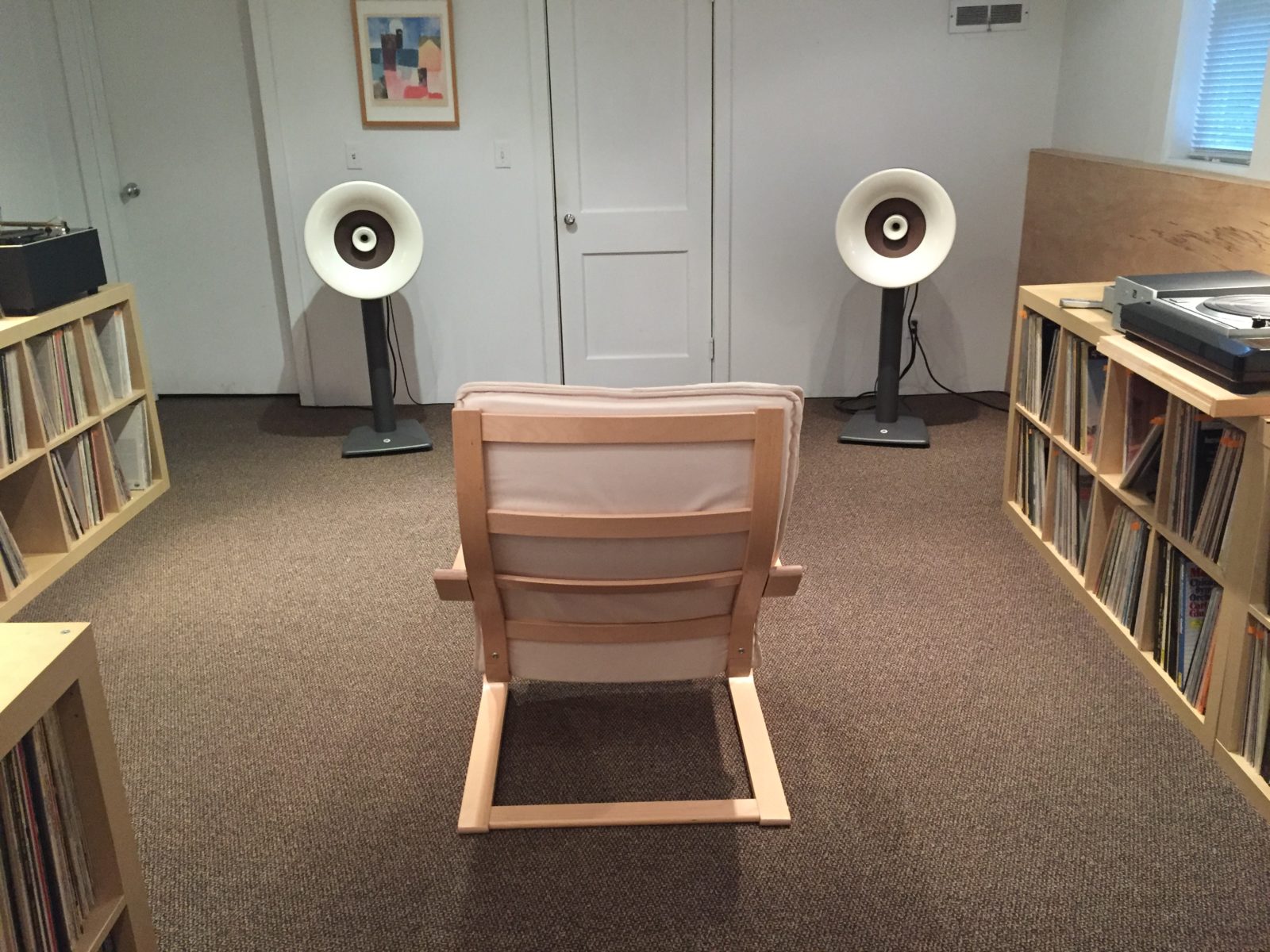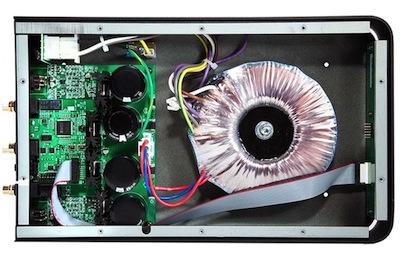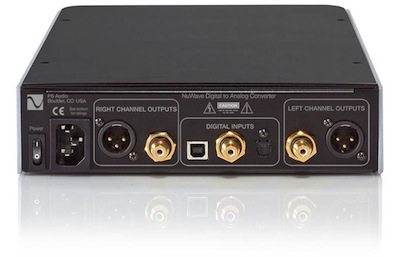
Price
$995. Available direct from PS Audio (USA customers only), or via local dealer.
Description
Newest and most affordable DAC from PS Audio. Notable for 192 kHz asynchronous USB and defeatable upsampling (native mode). Effectively replaces the discontinued Digital Link III DAC model, which was introduced in 2006 and still sells on some websites.
Features & Specs (from PS Audio website)
- Three digital inputs
- 192kHz asynchronous USB
- RCA and XLR balanced outputs
- High current class A output stage
- Native mode
- 192kHz selectable upsample
- Low jitter PerfectWave clocks
- Class A fully balanced discrete analog electronics
- Burr Brown 24 bit DAC chip
- Weight: 12 lbs
- Dimensions: 14 × 8.5 × 2.75 in
- Color: Silver, Black
Purpose of this Review
Evaluate NuWave DAC ($995 list) for use with computer audio via USB. Compare it to the PS Audio Digital Link III DAC ($995 list / $499 street) with and without the Musical Fidelity V-LINK 192 USB/SPDIF converter ($399 list / $199 street). This converter employs 192 kHz asynchronous processing and is part of my current digital front end. Please see complete equipment list below for details on the review system.
Background
About five years ago I evaluated several DACs in my system over the course of several months. These included a handful of mid-priced DACs from Bel Canto, Channel Islands, and Musical Fidelity. I used either the Hagerman HagUsb USB/SPDIF converter or a glass optical cable straight from my Macbook. I settled on the Bel Canto DAC2 with the optical connection and lived happily with it until it was replaced by the PS Audio Digital Link III (DLIII) sometime in late 2010. A couple months ago, I added the Musical Fidelity V-LINK 192 USB/SPDIF converter, which was a nice improvement but made me wonder how such a combo would compare to PS Audio’s newest offering, the NuWave DAC. After receiving the NuWave for review, it was played continuously for over 100 hours prior to serious listening.
NuWave vs. Digital Link III
Since my main goal was to determine how the NuWave compares to my current setup, I did the following comparisons:
- USB direct, both DACs set to 192 kHz upsampling.
- USB direct, NuWave set to native, DLIII set to 192 kHz upsampling.
- V-LINK 192 converter, NuWave set to native, DLIII set to 192 kHz upsampling.
- USB direct to NuWave set to native, V-LINK 192 converter to DLIII set to 192 kHz upsampling.
Note: The USB input on the DLIII can only handle sample rates up to 48 kHz, so the first two comparisons in the list above were done using 16 bit/44.1 kHz music only. The third and fourth comparisons above included both Red Book and hi-res music since using the V-LINK 192 converter with DLIII or USB direct to the NuWave allows for 24 bit/196 kHz material. Please see the list of music used below for details on what was played.
Listening
Overall, the NuWave is an improvement on the Digital Link III. The NuWave has more detail, air, and richer tones.
However, the differences between the two DACs were less dramatic than I expected. The sound of DLIII was surprisingly close to the NuWave, especially when used with the Musical Fidelity V-LINK 192 USB/SPDIF converter. I found the DLIII presented a slightly warmer, more pleasing sound, while the NuWave was more realistic and interesting. There were times when the DLIII sounded more cohesive, but other times when it sounded somewhat congested. Again, the differences were subtle.
The best sound was achieved using the USB cable direct into the NuWave DAC with the native setting activated. Soundstage height was maximized and tones were harmonically rich. This was especially true on hi-res material, which generally sounded more refined and nuanced than Red Book.
Wish List
The NuWave DAC is an impressive package, but it’s not perfect. Here are my only nits:
- I really wish the NuWave had a volume control and remote to make running it without a preamp more convenient. The volume control with remote on PS Audio’s GCPH phono preamp allows me to run it direct to my active speakers for my vinyl listening, which is fantastic.
- I also wish the NuWave had an incoming sample rate indicator, if only to confirm what I think it’s receiving from my Macbook.
- I like the more substantial case and buttons of the DLIII better than those used on the NuWave. The plexiglass top and plastic buttons on the NuWave feel slightly cheap in comparison. On the other hand, if these materials were used in order to keep the price under $1K, I can live with it.
- Lastly, I wish the design of the cardboard box used to ship the NuWave made it easier to re-pack the unit should the owner need to ship it again. The box doesn’t use styrofoam or cardboard spacers. Instead, it uses a single raised piece of cardboard, onto which the unit is secured by a single piece of shrink-wrapped plastic. This minimal approach is effective and great for the trip from the factory. However, once the shrink-wrap is cut and the unit it is removed, the interior of the box will need to be creatively augmented by the owner in order to keep the unit in place for another shipment.
Conclusion
The NuWave DAC is a worthy successor to the Digital Link III. It has improved sound and better features. Its few shortcomings are easy to overlook given it’s excellent price. At $995, it’s a bargain. That said, the NuWave’s predecessor, the Digital Link III, is still a surprisingly good sounding unit. Its performance at the discounted price of $499 is tempting, especially if one pairs it with a decent asynchronous USB/SPDIF converter such as the Musical Fidelity V-LINK 192 for an extra $199. Whether the extra $300 for the NuWave is worth it in your system is up to you. For me, it is. Curious how it will sound for you? Take advantage of PS Audio‘s generous 30-day in home trial purchase and give it a try.


Equipment Used
Software Used
- Channel D Pure Music v1.89d2 music server software using Memory Play and volume set to 0.0 dB.
- All music files in Apple Lossless format.
- All 16 bit/44.1 kHz files ripped from CD using Apple Lossless Encoder setting in iTunes with Error Correction.
- All hi-rez files downloaded in Apple Lossless format or FLAC.
- FLAC files converted to Apple Lossless format using XLD v20121222 decoder
Music Used (16 bit/44.1 kHz)
- The Mercury Program: “Arrived/Departed” from Chez Viking (CD, Lovitt Records, 643859860021)
- Jose Gonzalez: “Down the Hillside” from Stay in the Shade EP (CD, Hidden Agenda Records, 795306508120)
- Mussorgsky: Pictures at an Exhibition from Fritz Reiner, CSO (Hybrid CD, BMG Classics, 828766139426)
Music Used (24 bit/96 kHz)
- Arcangelo Corelli Opus 6: Concerti Grossi from The Avison Ensemble (Linn Records, info)
- Joachim Kwetzinsky: Shchedrin: Basso Ostinato from Polyphonic Dialogues (2L, info)
Music Used (24 bit/176.4 kHz)
- Dick Hyman: “Thinking about Bix” from HRx Sampler 2011 (Reference Recordings, info)
- Respighi: Belkis, Queen of Sheba Suite from Elji Oue, Minnesota Orchestra (Reference Recordings, info)
- Walton: Crown Imperial (finale) from Jerry Junkin, Dallas Wind Symphony (Reference Recordings, info)
Music Used (24 bit/196 kHz)
- Haydn: String Quartet In D, Op. 76, No. 5 РFinale РPresto from Engeg̴rdkvartetten: String Quartets (2L, info)
- Beethoven: Sonate Nr. 32 c-moll op. 111 – Maestoso from Tor Espen Aspaas: Mirror Canon (2L, info)
- Berlioz: Symphonie Fantastique from Scottish Chamber Orchestra (Linn Records, info)


